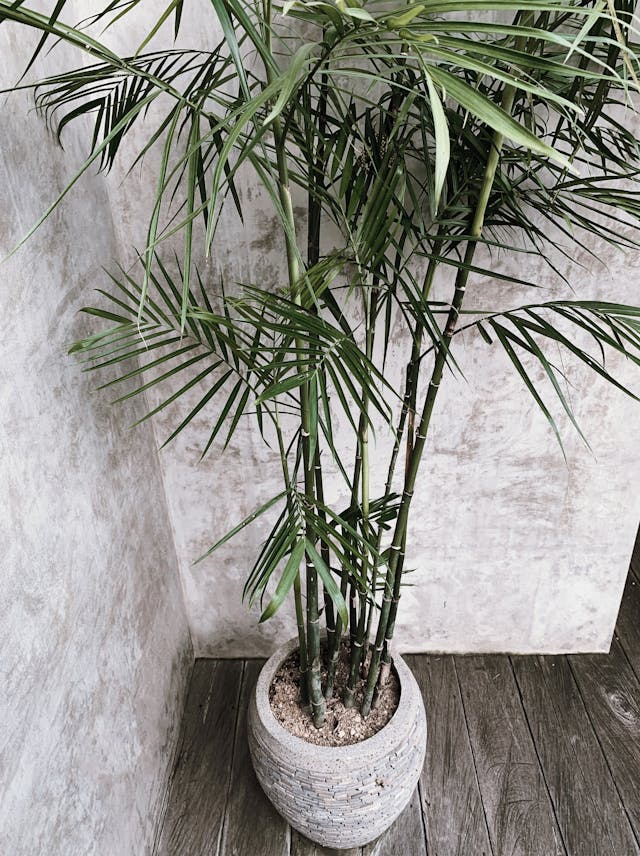Creating a colorful living room doesn’t mean throwing random bright hues together and hoping for the best. Strategic color placement, thoughtful design choices, and understanding how different shades interact can turn your main living space into a vibrant yet cohesive environment that reflects your personality while maintaining functionality.
Colorful Living Room Ideas
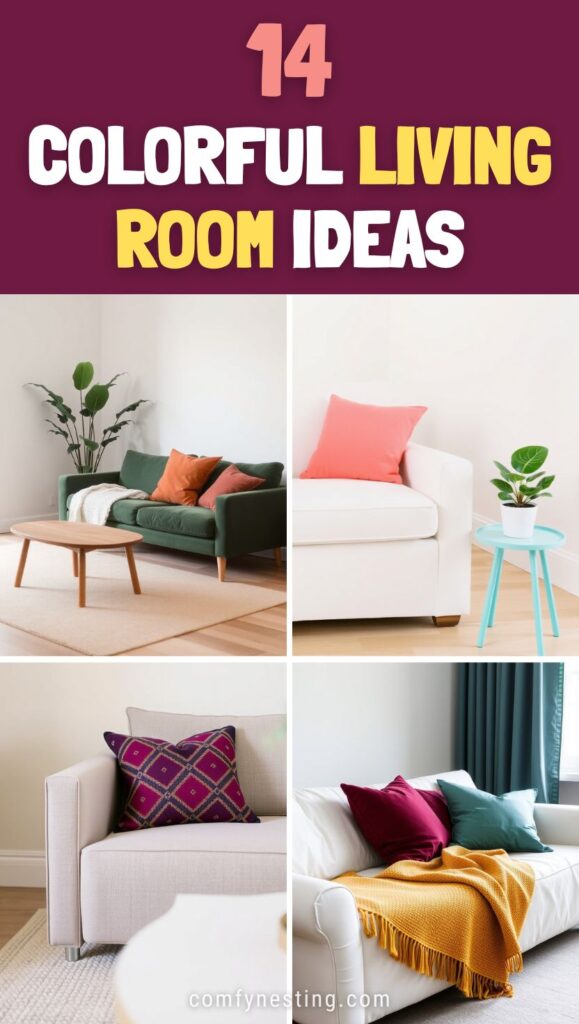
1. Bold Accent Wall Approach

Transform your space by designating one wall as your color focal point. Choose a rich emerald green, deep navy blue, or vibrant coral for maximum impact. This technique allows you to introduce significant color without overwhelming the entire room. Paint the wall behind your sofa or the one facing the main entrance to create an immediate visual anchor.
Pro tip: Use this accent wall to display floating shelves in contrasting colors or hang a large mirror to amplify the color’s effect.
2. Jewel-Toned Furniture Strategy
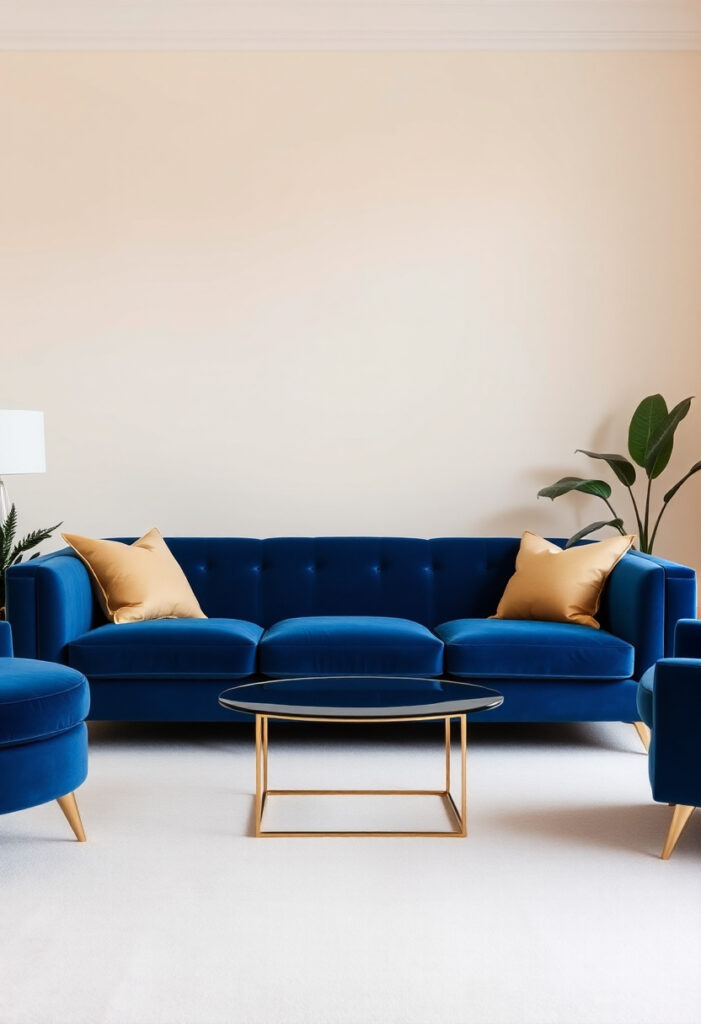
Incorporate furniture pieces in rich jewel tones like sapphire blue sofas, emerald green armchairs, or amethyst purple ottomans. These saturated colors add sophistication while maintaining elegance. Balance these bold pieces with neutral walls and floors to prevent color overload.
Consider reupholstering existing furniture instead of purchasing new pieces. This approach offers cost-effective customization while reducing waste.
3. Layered Textile Technique
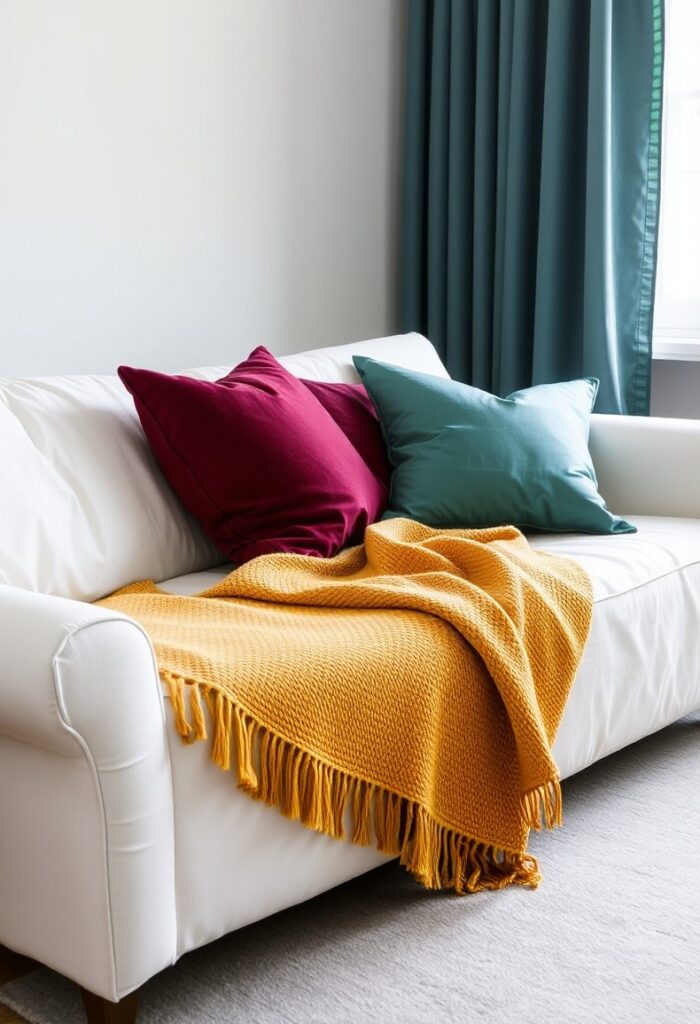
Build your colorful living room through strategic textile layering. Combine throw pillows, blankets, curtains, and rugs in complementary or contrasting colors. Start with a neutral base and add colorful elements gradually.
Mix textures alongside colors: velvet cushions in burgundy, woven throws in mustard yellow, and silk curtains in teal create visual interest beyond just color variation.
4. Colorful Area Rug Foundation
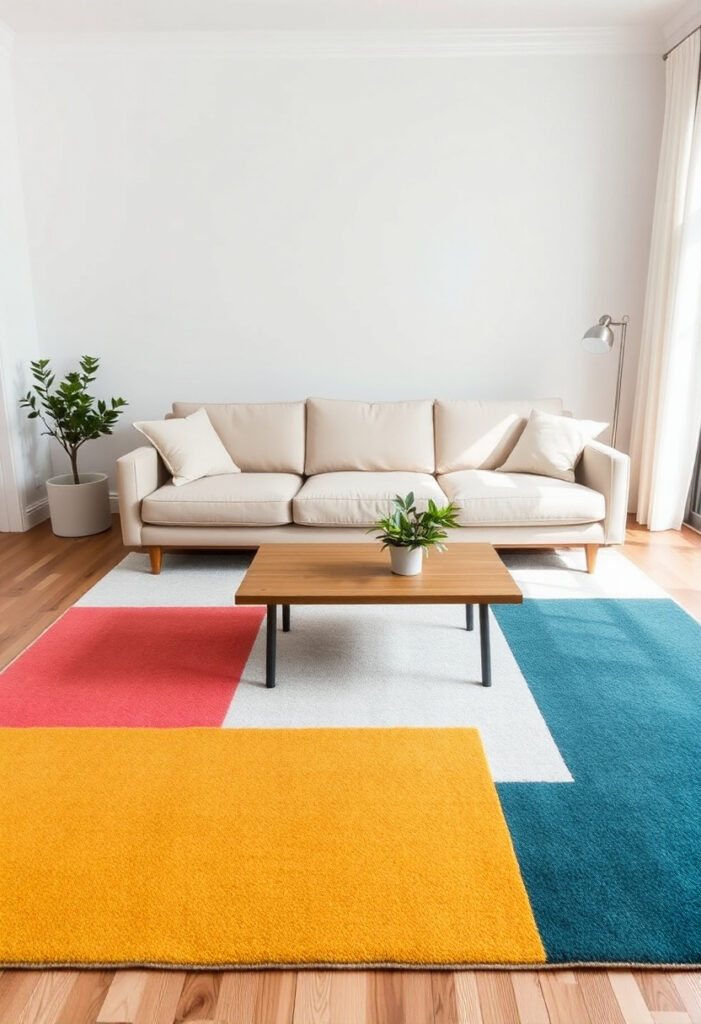
Use a vibrant area rug as the foundation for your colorful living room design. Choose rugs with multiple colors that can serve as your palette guide for the entire space. A Persian-style rug with blues, reds, and golds can inspire your furniture and accessory choices, while a modern geometric rug in bright colors creates a contemporary foundation.
Ensure your rug is large enough for all front furniture legs to rest on it, creating a cohesive seating area.
5. Statement Ceiling Treatment

Most people overlook ceilings when planning their colorful living room design. Paint your ceiling in a bold color like sunny yellow, soft pink, or sky blue to create an unexpected design element that draws the eye upward and makes the room feel larger.
6. Colorful Storage Solutions

Replace traditional storage with vibrant alternatives. Use bright red storage ottomans, turquoise baskets, or lime green cabinets to hide clutter while adding functional color to your space. This approach maximizes both style and practicality.
7. Monochromatic Color Scheme
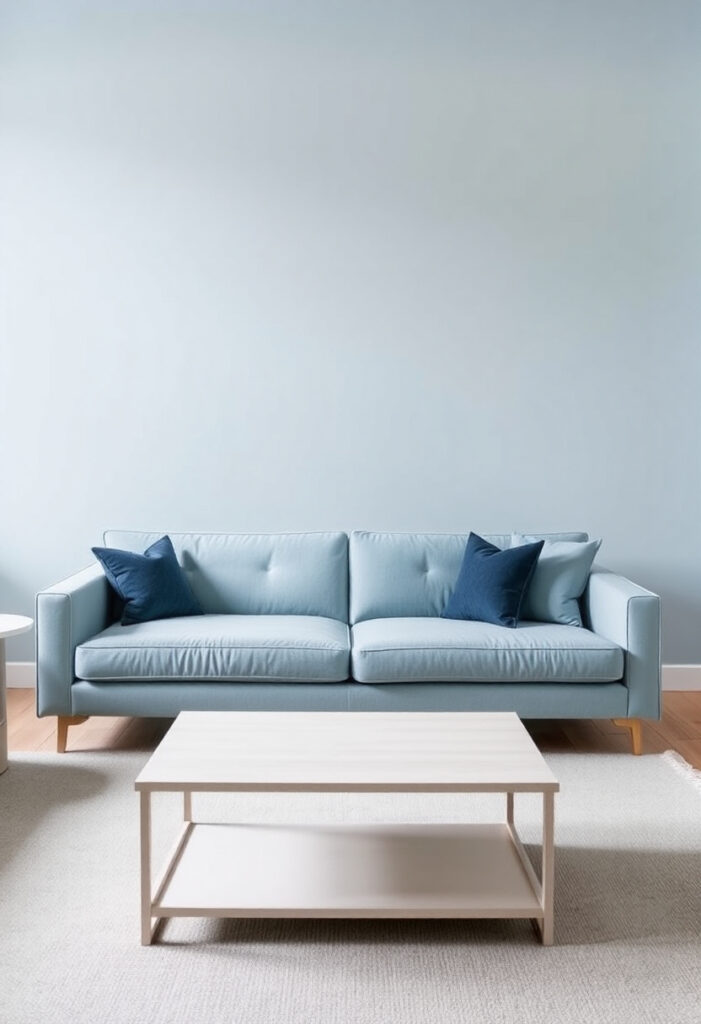
Choose one color and use various shades, tints, and tones throughout your room. A blue-themed colorful living room might include navy walls, powder blue curtains, royal blue furniture, and sky blue accessories. This creates cohesion while maintaining visual interest.
8. Complementary Color Pairing
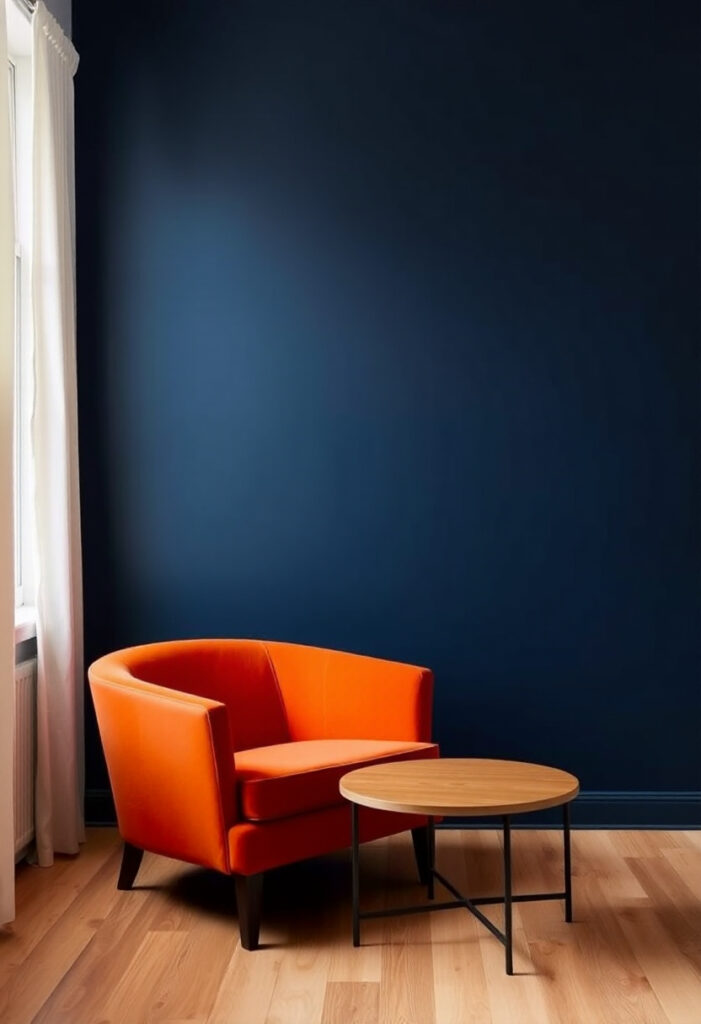
Use colors opposite each other on the color wheel for maximum contrast and visual impact. Popular combinations include:
- Orange and blue
- Red and green
- Purple and yellow
Apply the 60-30-10 rule: 60% dominant color, 30% secondary color, and 10% accent color.
9. Tropical Color Palette

Bring warmth indoors with tropical-inspired colors like coral pink, tropical turquoise, sunny orange, and palm green. These colors work particularly well in rooms with abundant natural light and can make smaller spaces feel more expansive.
10. Pattern and Color Combination
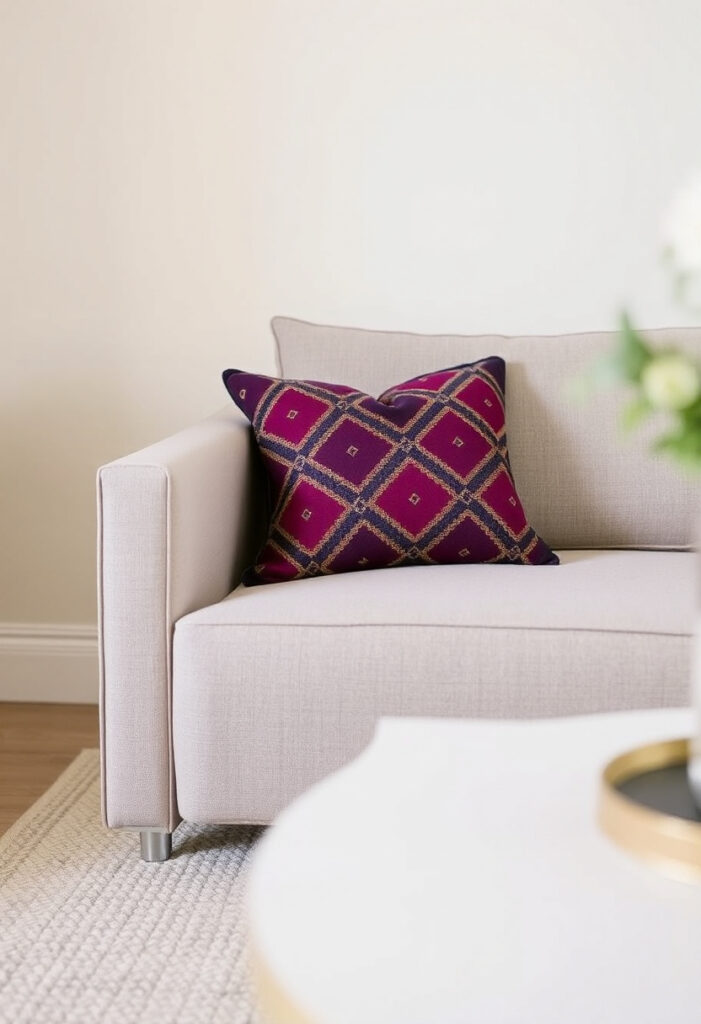
Mix patterned elements with solid colors to create visual depth. Geometric patterns in bold colors can serve as focal points, while smaller patterns in coordinating colors add subtle interest without overwhelming the space.
Balance is crucial: if you use large, bold patterns, keep other elements simpler to maintain visual harmony.
11. Natural Color Integration
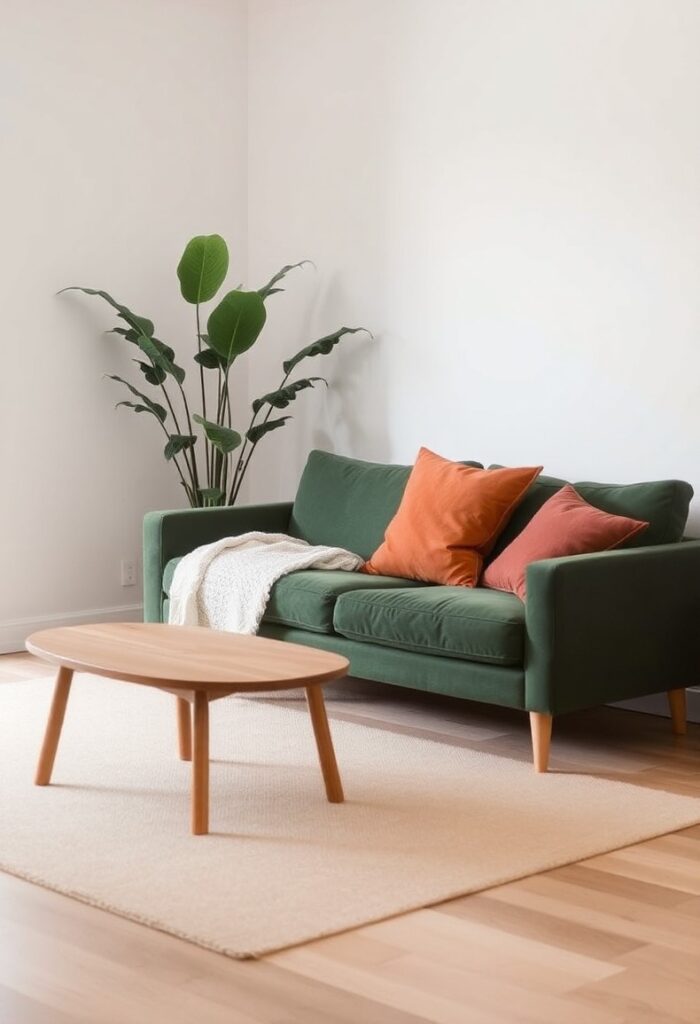
Incorporate colors inspired by nature: forest greens, ocean blues, sunset oranges, and earth browns. These colors create a calming environment while still providing the vibrancy you desire in your colorful living room.
12. Seasonal Color Rotation
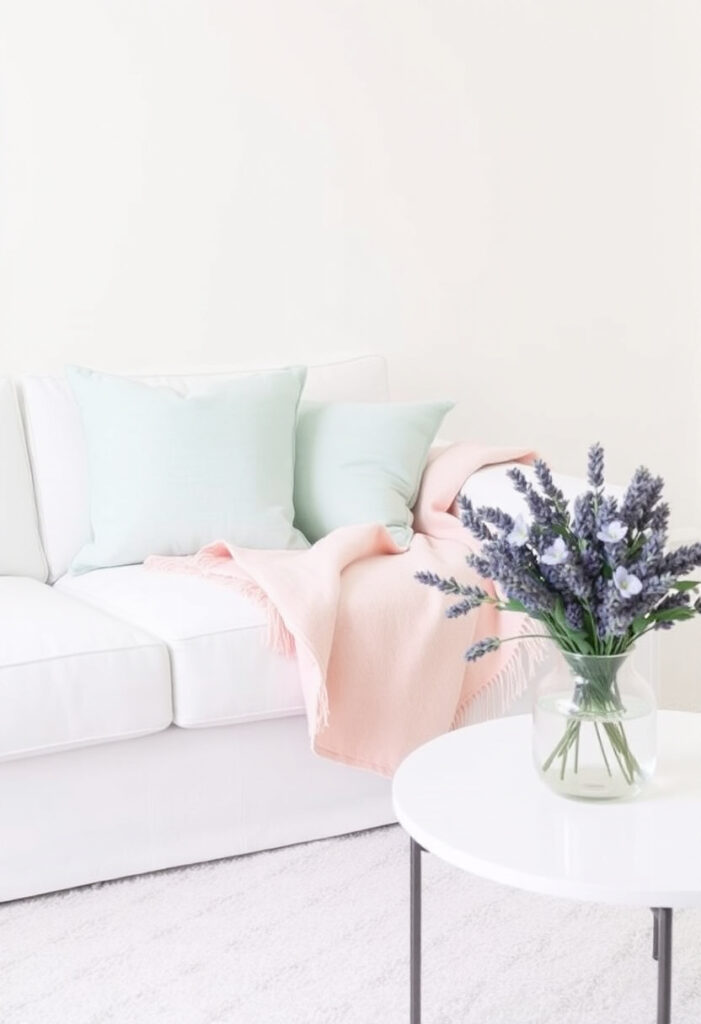
Design your space to accommodate seasonal color changes. Use removable elements like throw pillows, blankets, and decorative accessories that you can swap out quarterly. Spring pastels, summer brights, autumn warmth, and winter jewel tones keep your space fresh year-round.
13. Color-Coordinated Lighting
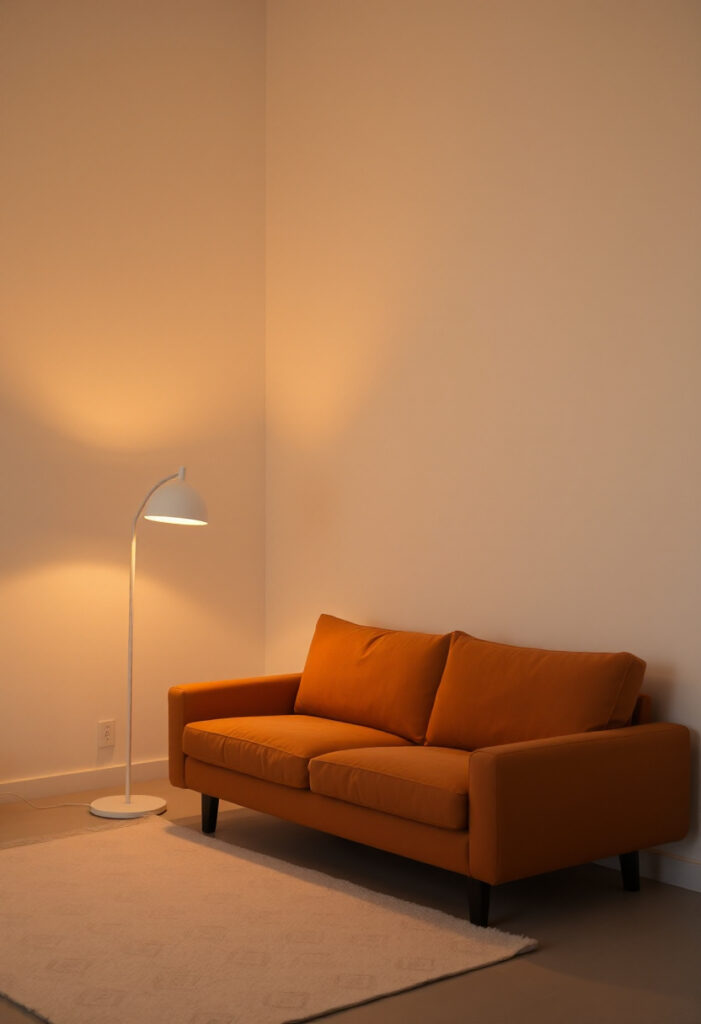
Use colored light bulbs or lampshades to enhance your colorful living room theme. Warm amber bulbs complement red and orange schemes, while cool white bulbs enhance blues and greens. Smart bulbs allow you to adjust colors based on time of day or mood.
14. Plant Integration Strategy

Use plants not just as green elements but as part of your color strategy. Choose planters in colors that complement your scheme, and select plants with colorful foliage like purple passion plants, red caladiums, or variegated varieties.
Implementation Tips for Success
Start small when incorporating multiple colors. Begin with accessories and gradually add larger colorful elements as you become more comfortable with bold choices.
Consider lighting conditions in your room. Natural light affects how colors appear throughout the day, so test color samples in different lighting conditions before making final decisions.
Maintain balance by ensuring no single color dominates unless intentionally creating a monochromatic scheme. Use the rule of odd numbers when grouping colorful accessories.
Quality over quantity applies to colorful elements. A few well-chosen, high-quality colorful pieces create more impact than numerous cheaper alternatives.
Maintenance and Longevity
Colorful living room designs require regular maintenance to keep colors vibrant. Protect fabrics from direct sunlight with UV-filtering window treatments. Clean colorful surfaces regularly to prevent dulling, and consider the durability of colorful finishes when making selections.
Choose washable or easily replaceable colorful elements for high-traffic areas. Slipcovers, removable pillow covers, and washable rugs allow you to maintain your colorful scheme with minimal effort.
Questions & Answers
How do I choose colors that work well together in my living room? Use the color wheel as your guide. Complementary colors (opposites on the wheel) create vibrant contrast, while analogous colors (next to each other) provide gentle harmony. Start with three colors maximum and use the 60-30-10 rule for distribution.
What’s the best way to add color to a rental property? Focus on removable elements like throw pillows, curtains, rugs, and removable wallpaper. These allow you to create a colorful space without permanent changes that might violate lease agreements.
How can I make a small living room look bigger with color? Use light, cool colors on walls to create the illusion of space. Add colorful accents through accessories rather than large furniture pieces. Mirrors in colorful frames can reflect light and color while making the space appear larger.
Should I match my colorful living room to other rooms in my home? Maintain a cohesive flow by incorporating at least one common color element throughout your home. This doesn’t mean every room needs identical colors, but subtle connections create visual continuity.
How often should I update the colors in my living room? Major color changes typically occur every 5-7 years, but you can refresh your space seasonally by swapping out accessories like pillows, throws, and decorative objects in different colors.
What colors make a living room feel more welcoming? Warm colors like soft yellows, peaches, and warm grays create inviting atmospheres. However, the key is using colors you genuinely enjoy, as your comfort with the space translates to guest comfort.
How do I incorporate color if I prefer neutral furniture? Neutral furniture provides an excellent foundation for colorful accessories. Add color through textiles, plants, books, decorative objects, and accent lighting while keeping major pieces neutral for flexibility.
Can I use dark colors in a living room with limited natural light? Yes, but use them strategically. Dark colors on one accent wall can add depth, while lighter colors on remaining walls maintain brightness. Increase artificial lighting to compensate for reduced natural light.


